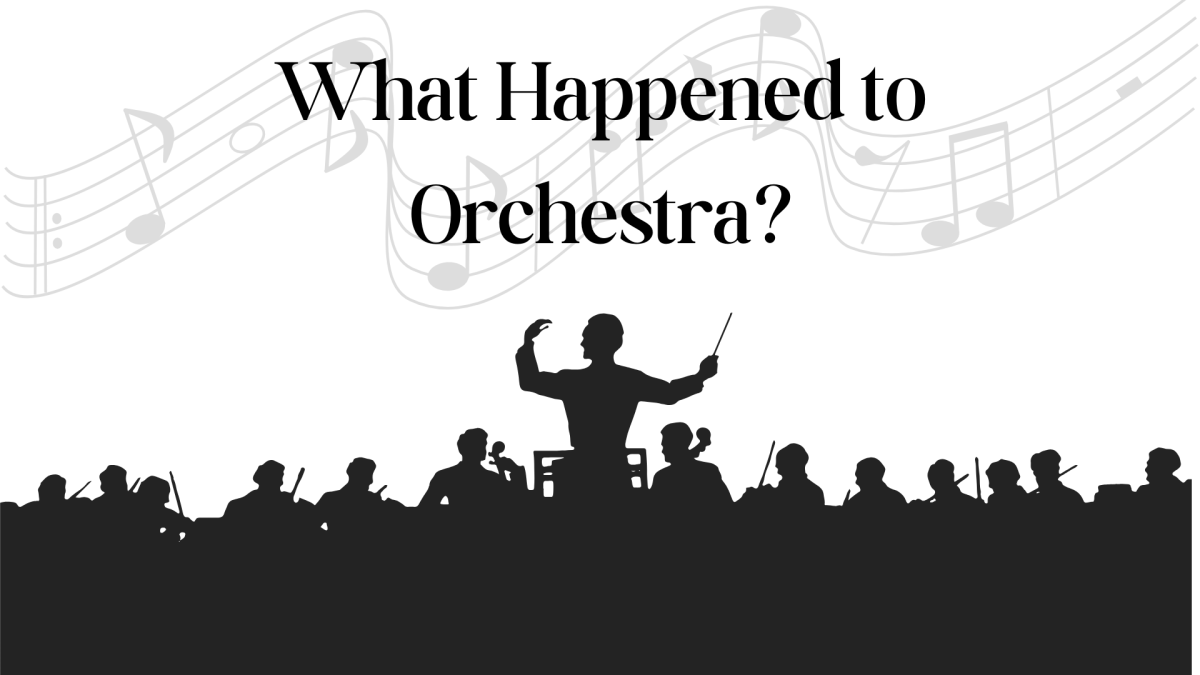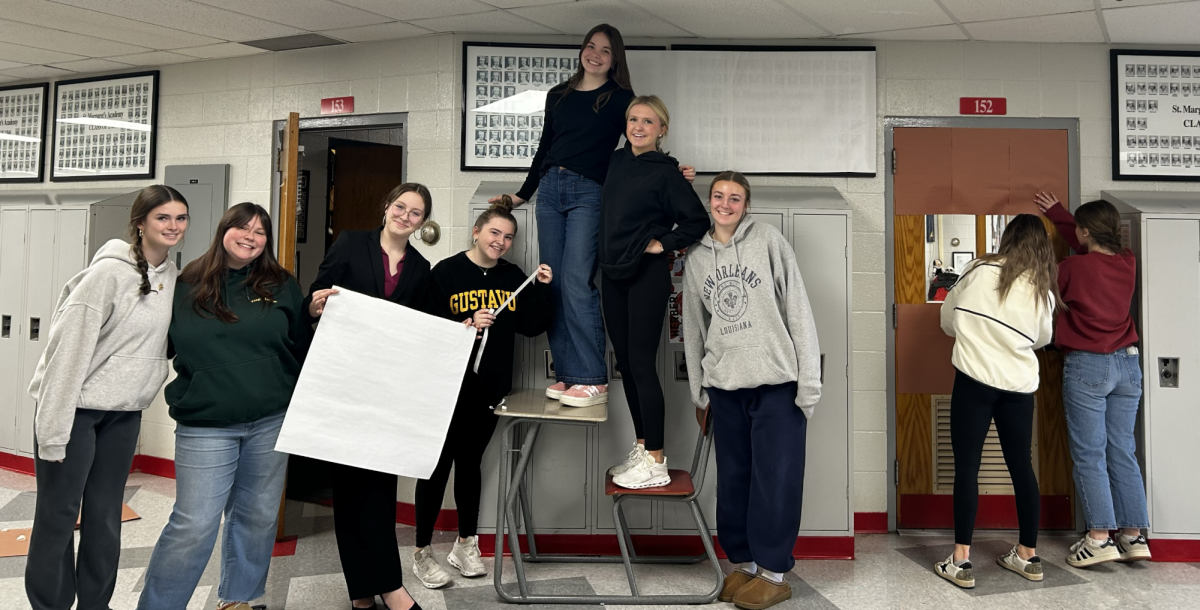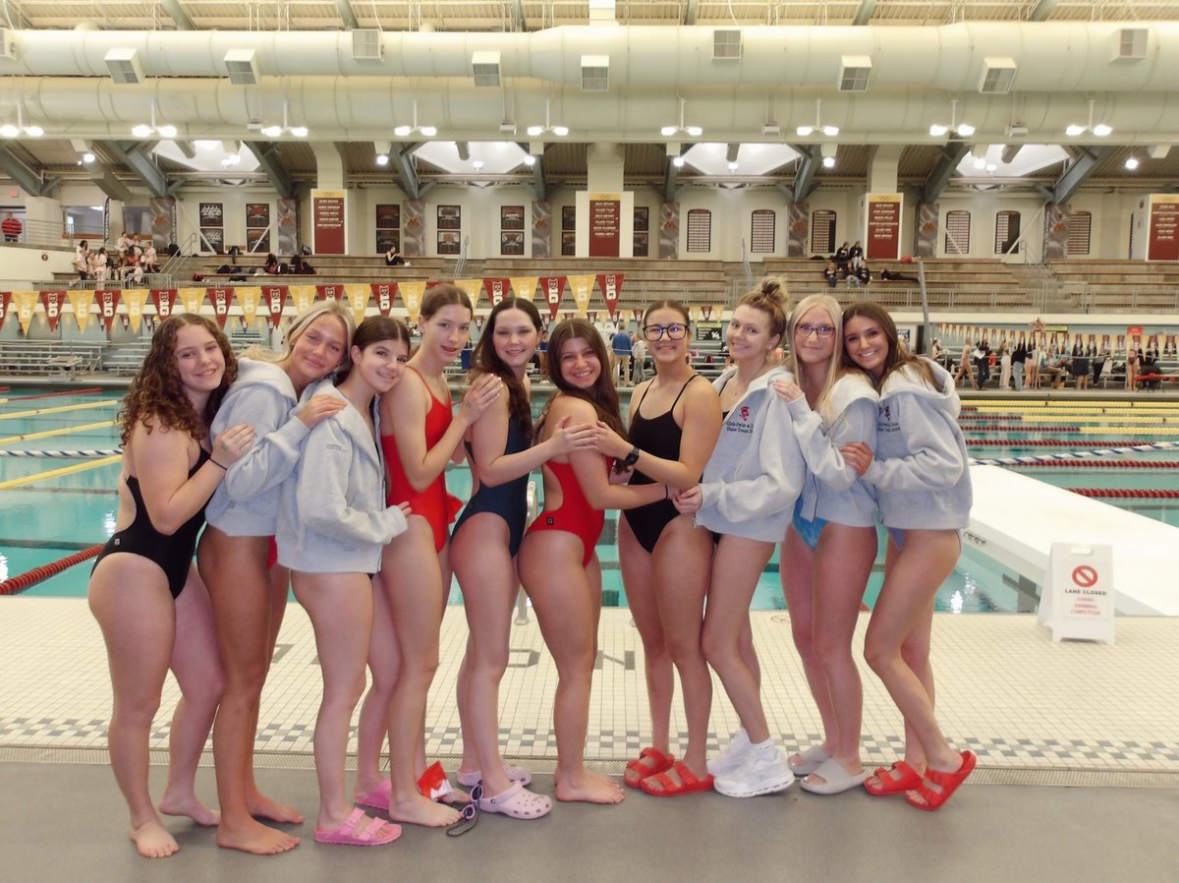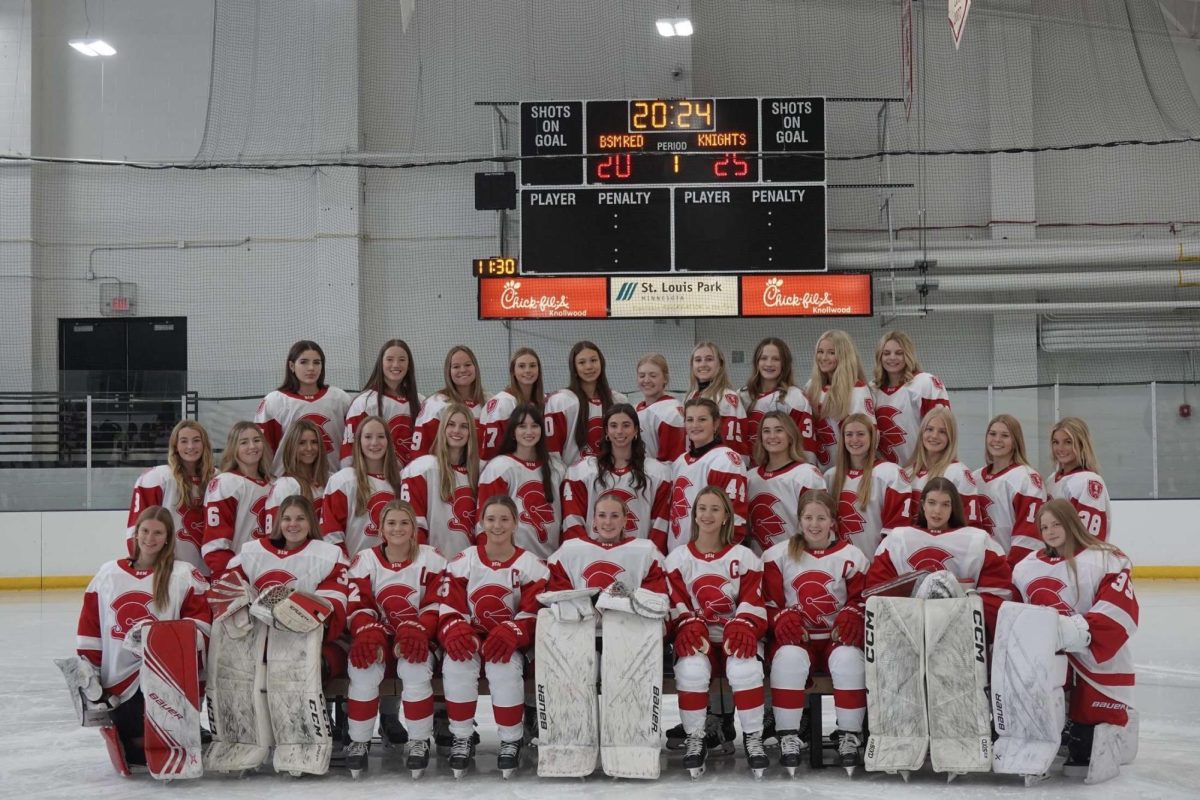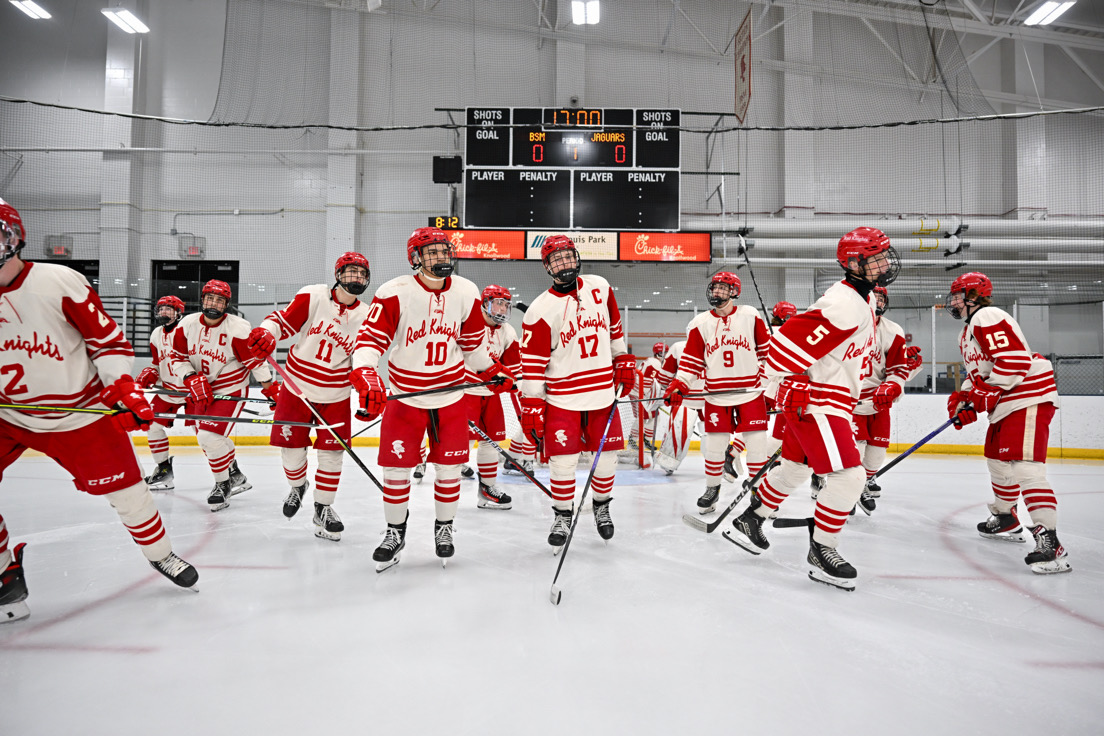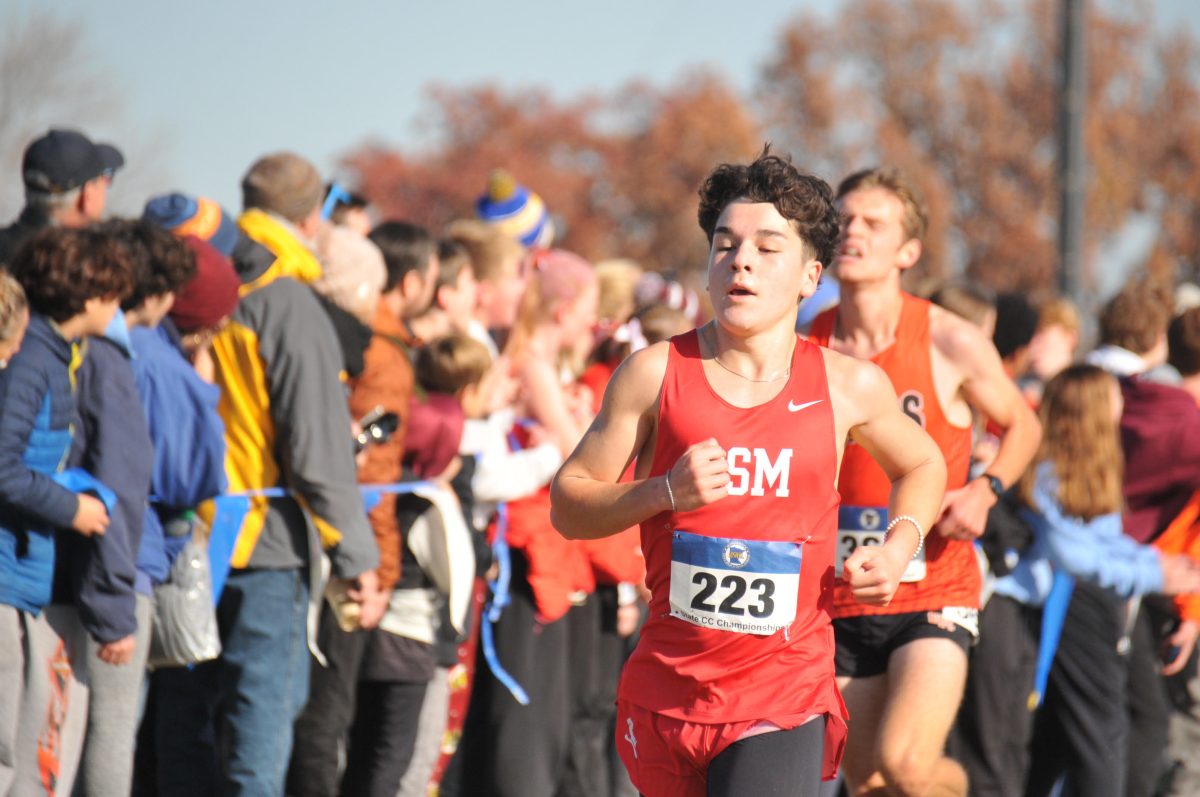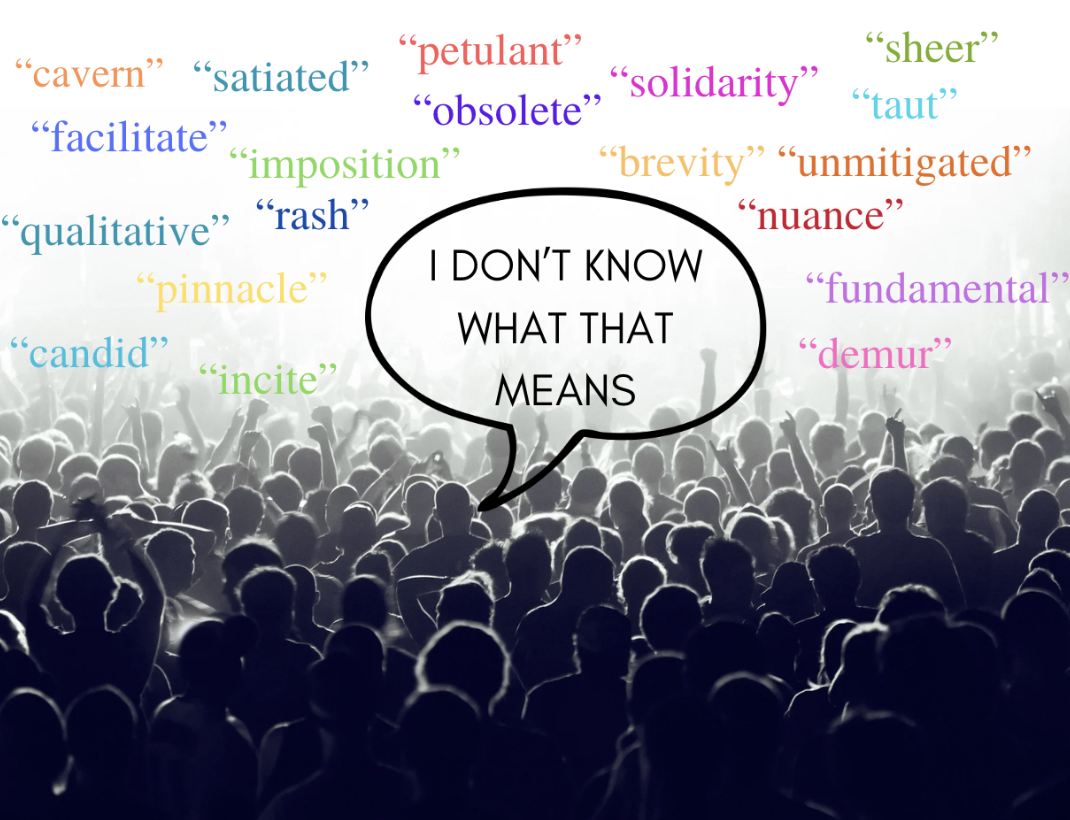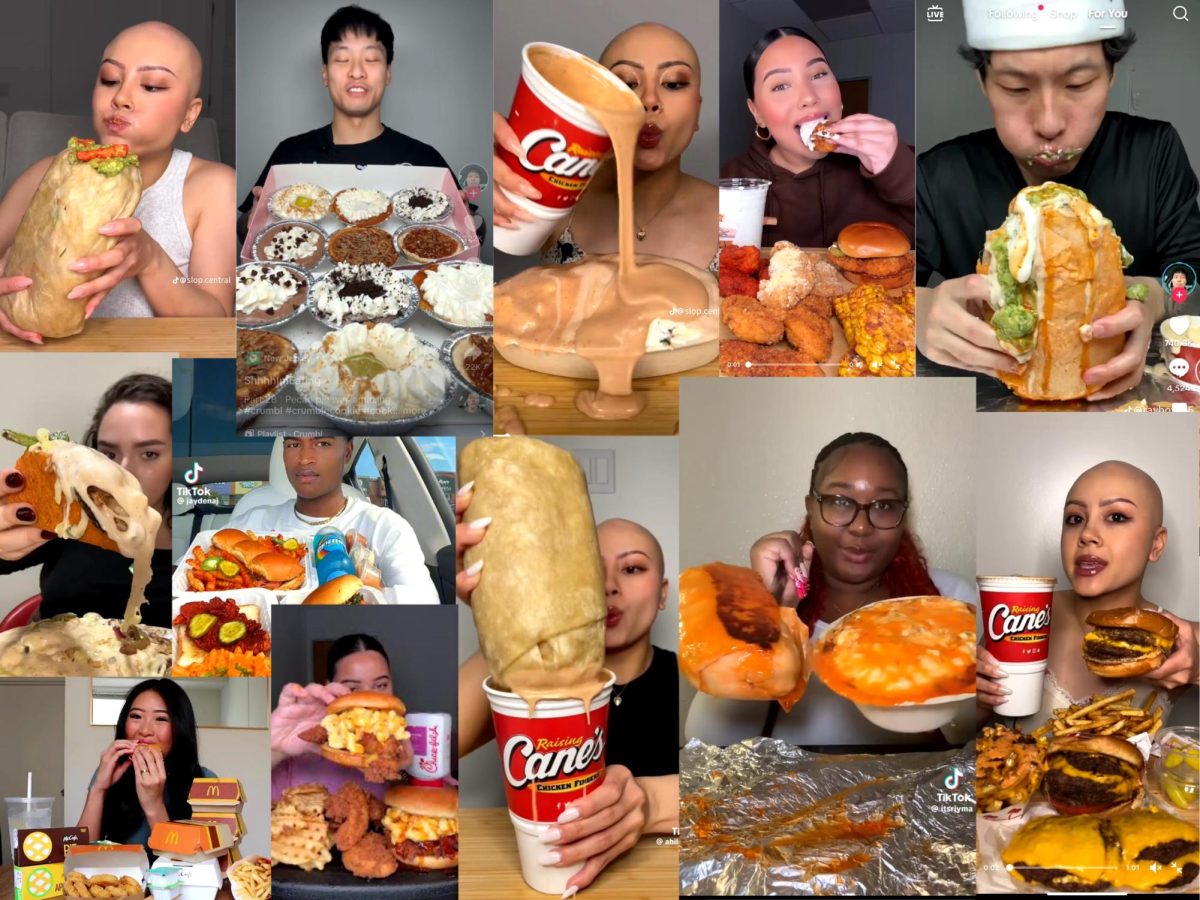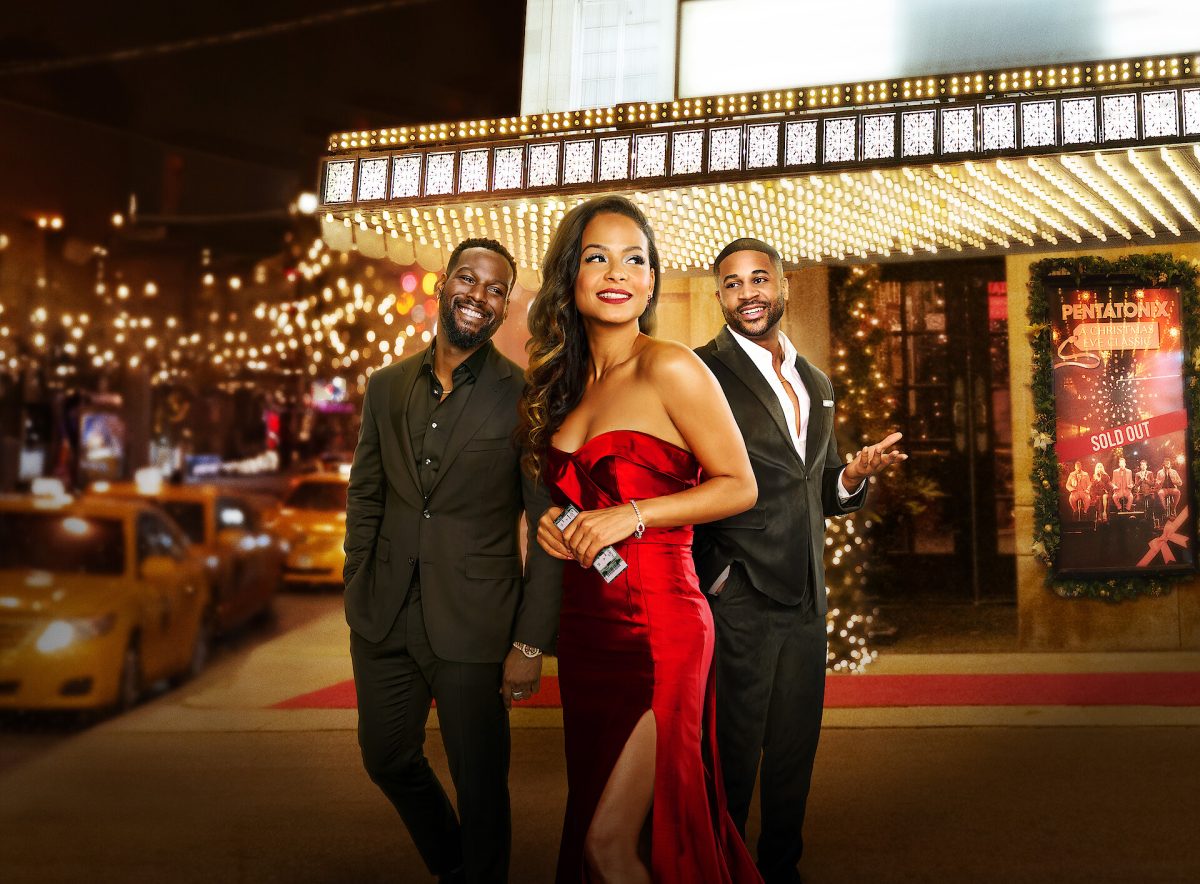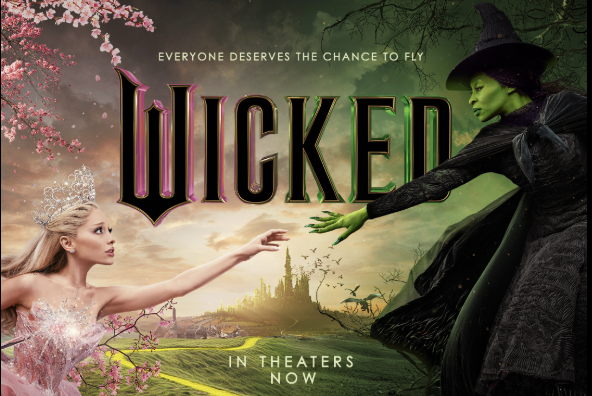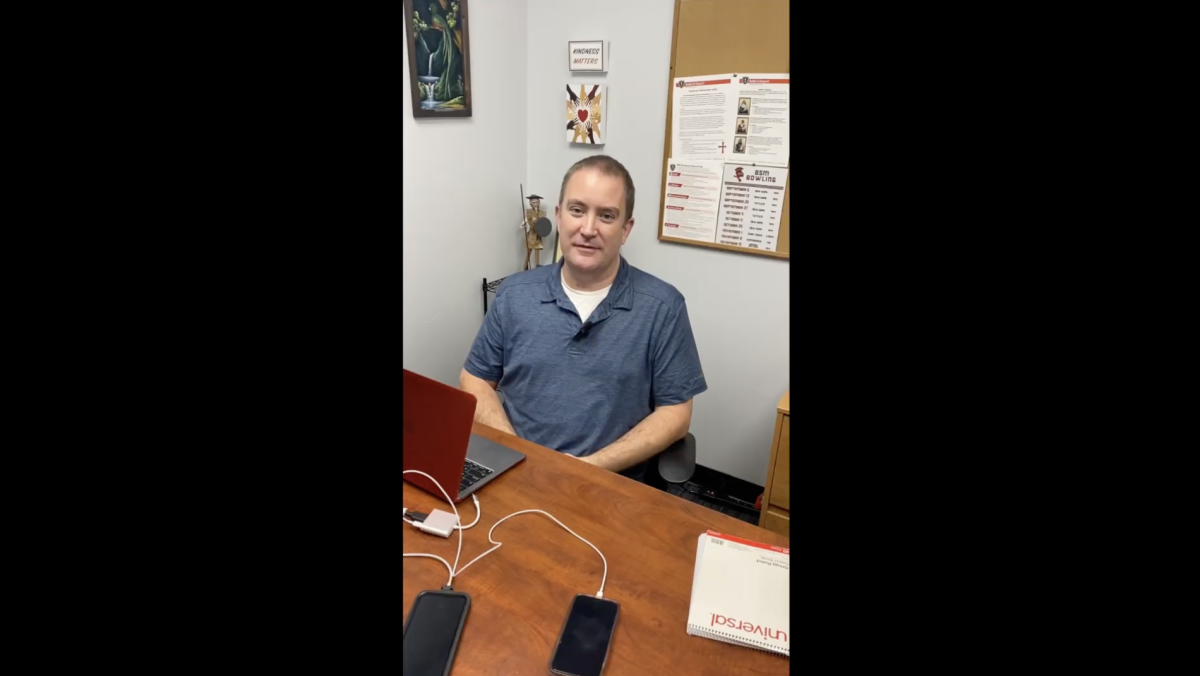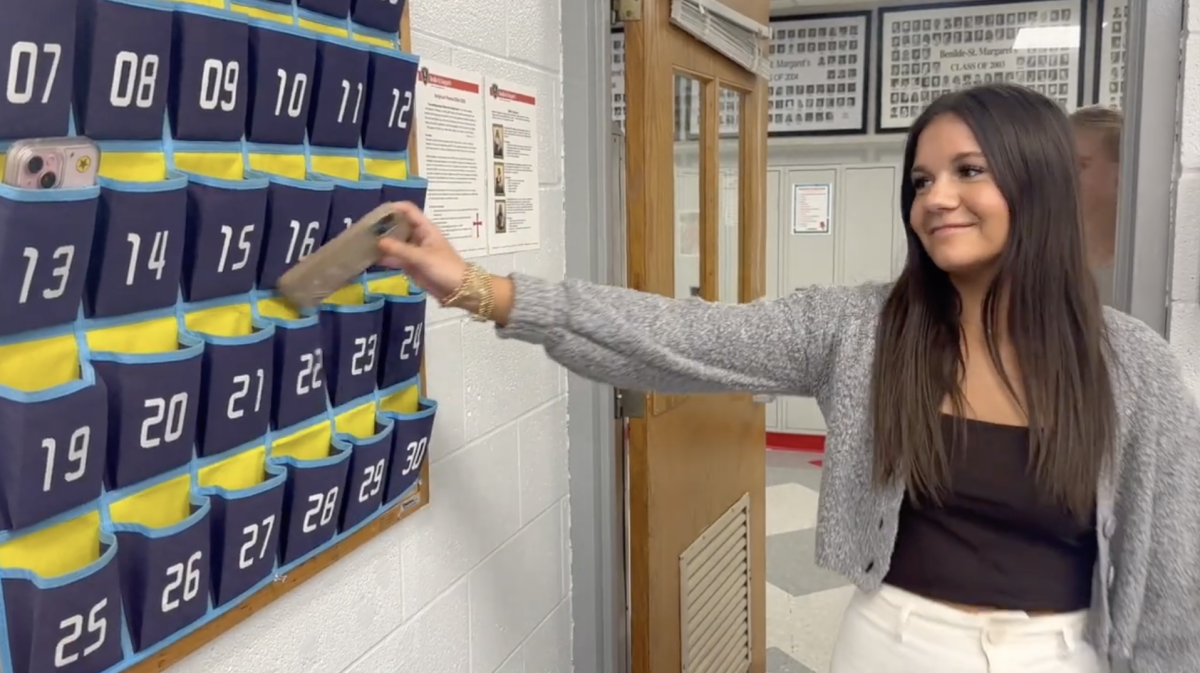The beat down is back. After a successful arcade run in Japan, where tournaments and money matches are a way of life for some, Street Fighter has returned with its fourth canonical outing, and fans of the series will not be disappointed.
When the first screenshots arose, the community was shocked: characters were in 3D for the first time in 20 years. Not only that, they were redrawn with a sumi-e esque style that laid the ink effect on heavy.
While the look is new, the game play that defines the genre remains familiar. Returning from past installments is the super meter, dashing, and EX Specials, also, the parry mechanic from Street Fighter was absorbed into the new Focus Attack––an attack where the character spends a good amount of frames warming up to unleash a guard breaking attack which leads to an easy combo. Not only that, but the attack can absorb one hit from an enemy, and it can be canceled by dashing. It’s a take off of Guilty Gear’s roman canceling, but it feels more sluggish. Finally, the last addition is the ultra meter. Charged by taking damage, it allows players to deliver the most damaging attack in the game––the ultra combo.
But the inclusions are not all great. While basic special moves have become more forgivable for new players, combos have become nothing more than a long, unforgiving chain of joystick gymnastics. To really play at a high level means spending countless hours in the training mode making sure every time you get one low short in, you’ll be able to follow it with a seven hit combo. This is the wrong direction for Street Fighter to be going. Then there’s ultra combo inputs. For some reason, Capcom saw it fit to have ultra combos essentially share an input with super combos with the only difference an addition of two buttons, making it very easy to get the wrong move to come out. And if Capcom is really trying to appeal to the casual players, why is the most common ultra combo input double quarter circle forward and three punch buttons? And why is Vega’s so poorly explained?
And then there’s the matchmaking. It takes far too long to find a decent match, and when you do, prepare for disappointment. Hosts can see the name of players, and have the option to kick them, allowing the host to cherry-pick their opponents freely. When and if you progress to the character select screen, it’s not even double-blind. That’s right, every ranked match is open for counter-picking. And then there’s the network code. Instead of taking a queue from Super 2 Turbo HD Remix, they opted for input delay to solve lag issues, and it’s very noticeable.
I can’t even begin to describe my hatred for Capcom’s system of character unlocking. Unlike Street Fighter II and III that had all characters unlocked from the beginning, you have to spend the first few hours with the game going through arcade mode, over and over. Even more revolting is the process for unlocking the final three characters, where you have to end X matches with perfects and Y matches with ultra combo finishes, all the while never losing a match. Again, if Capcom is appealing to casuals, why isn’t the unlocking process described anywhere in the game?
The characters are balanced, with 25 in total. Included is the cast from Street Fighter II, a few from Super Street Fighter 2, Rose, Sakura, and Dan from the Alpha series, and six newcomers.
Overall the game is enjoyable for all levels of play, but the highest level players may become frustrated with the unnecessary changes.



